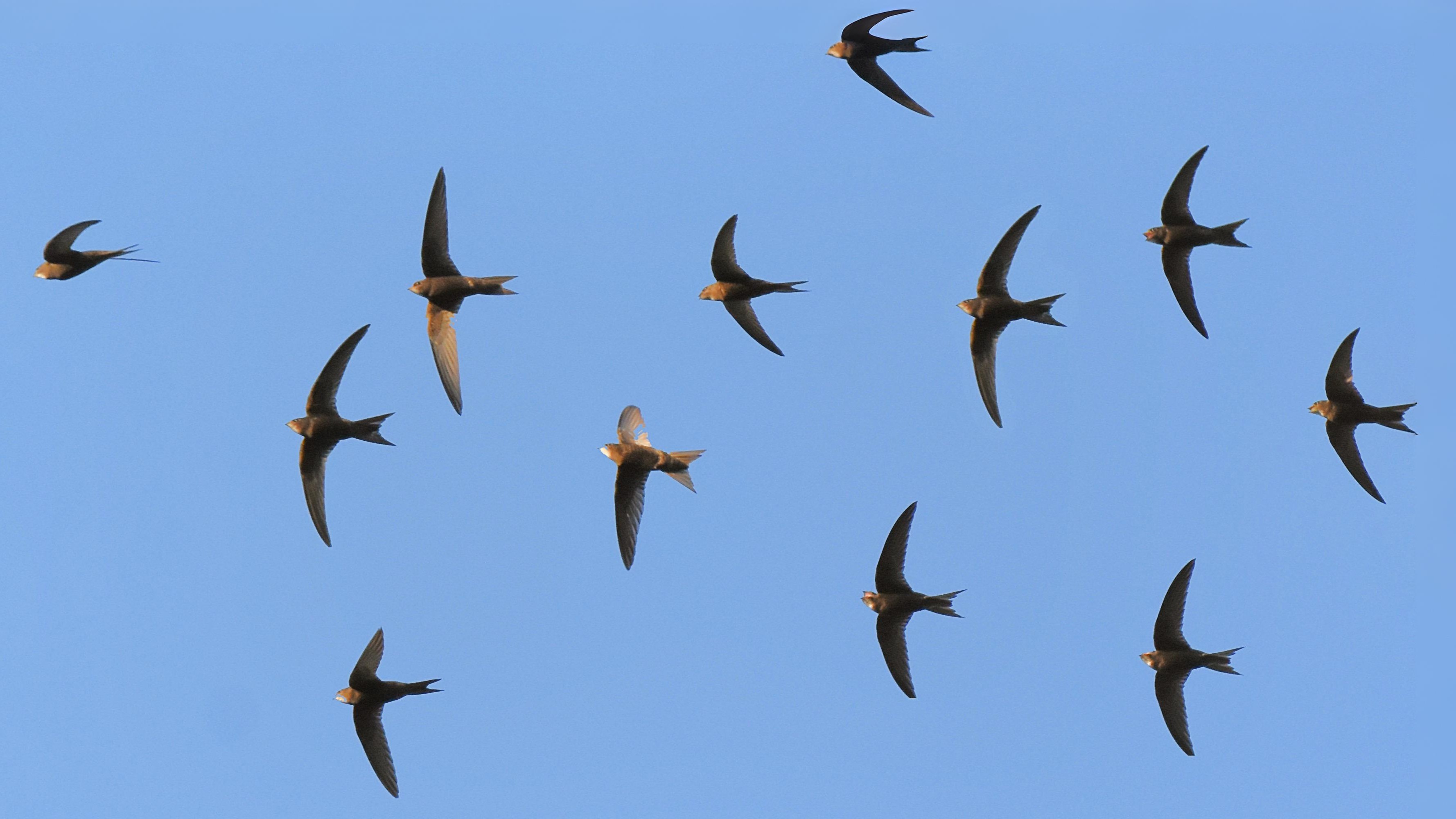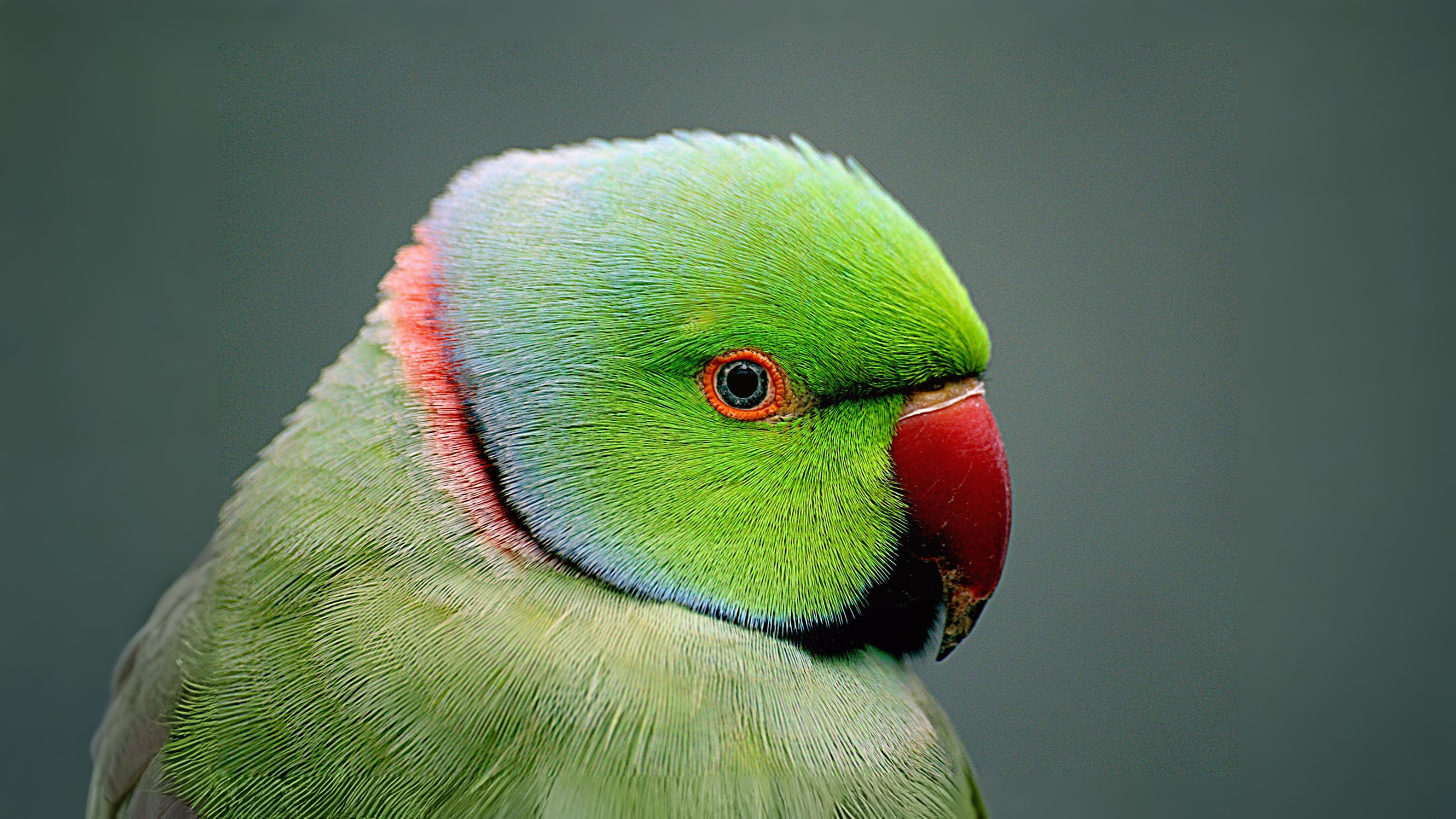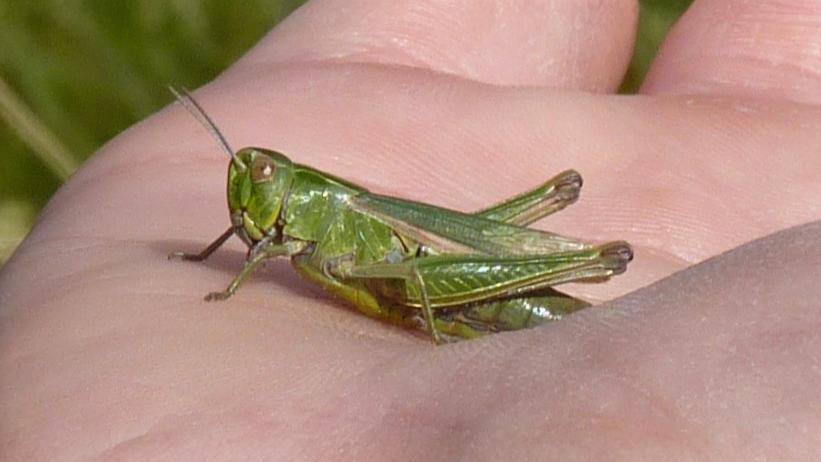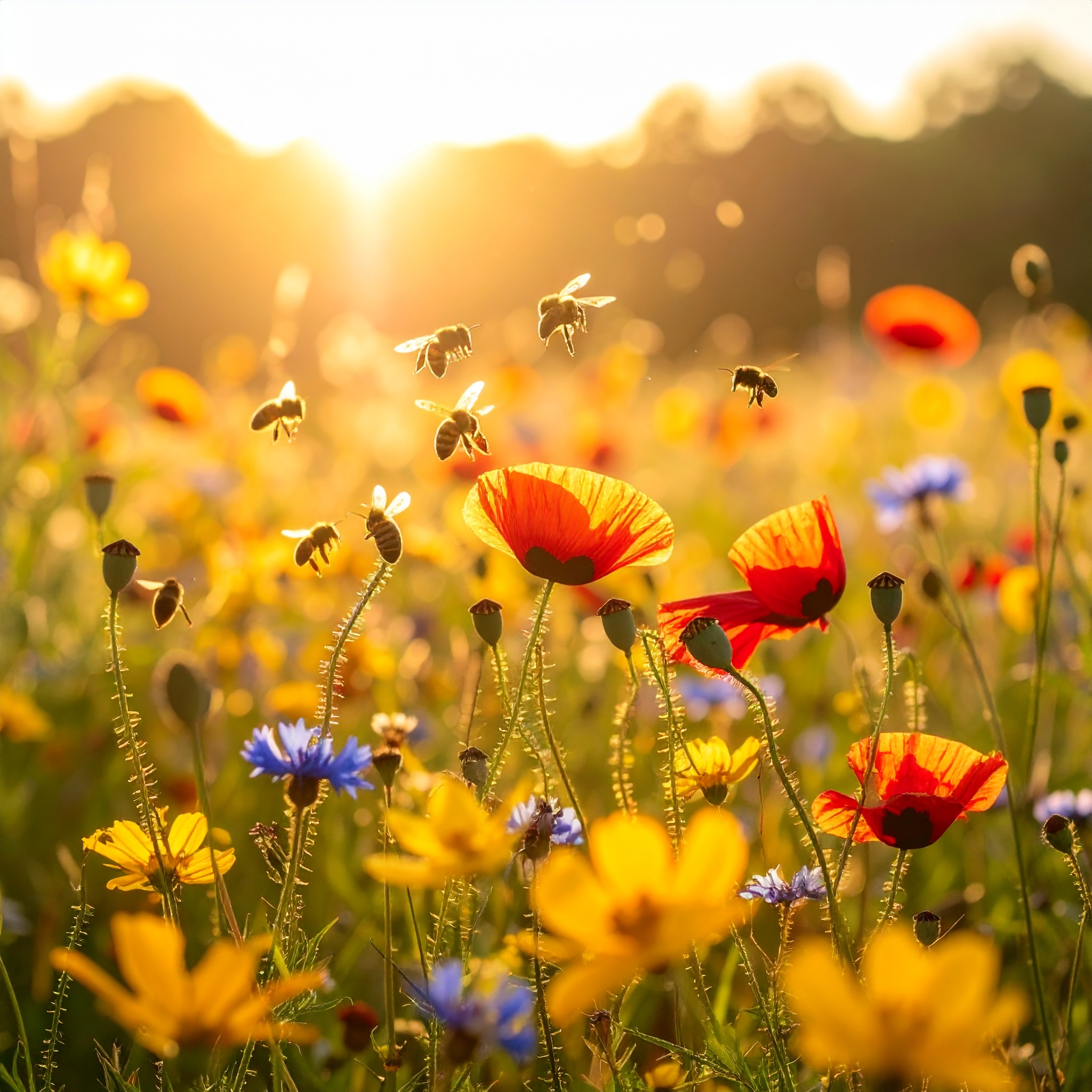
From fiery poppies to piercing chicory blue, July paints London in its wildest hues—yet why is it called "the silent month"? Discover meadows dusted in lavender anthers, gardens ablaze with irises and hollyhocks, and the secret gloss of young birds’ feathers. Then, listen closely: the hum of bees in linden trees, the rasp of grasshoppers on sun-baked downs, and the eerie dusk howl of a vixen calling her cubs. Return July 21 to explore the capital’s vibrant palette and hidden summer soundscape. The city’s wild side awaits!
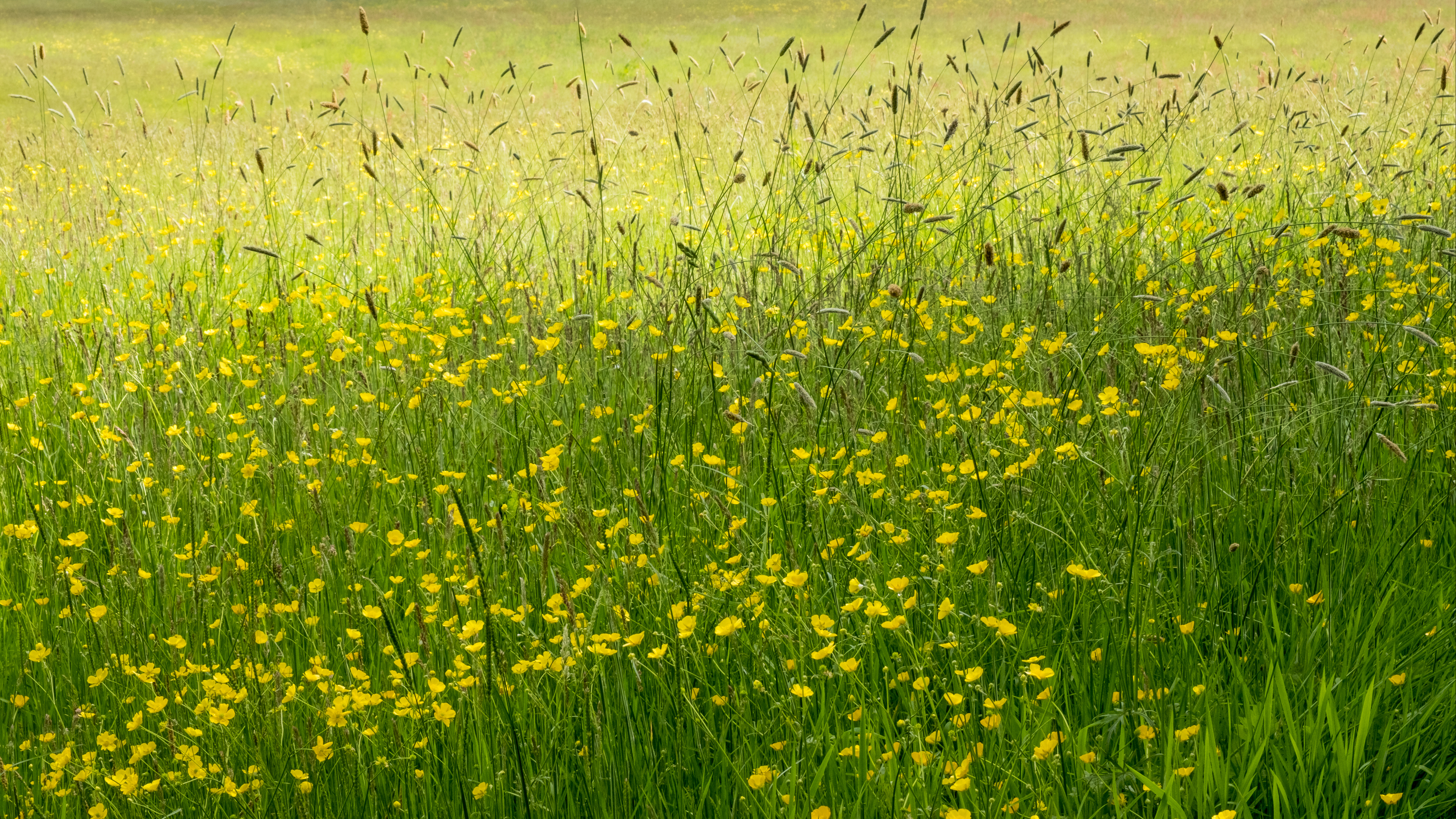

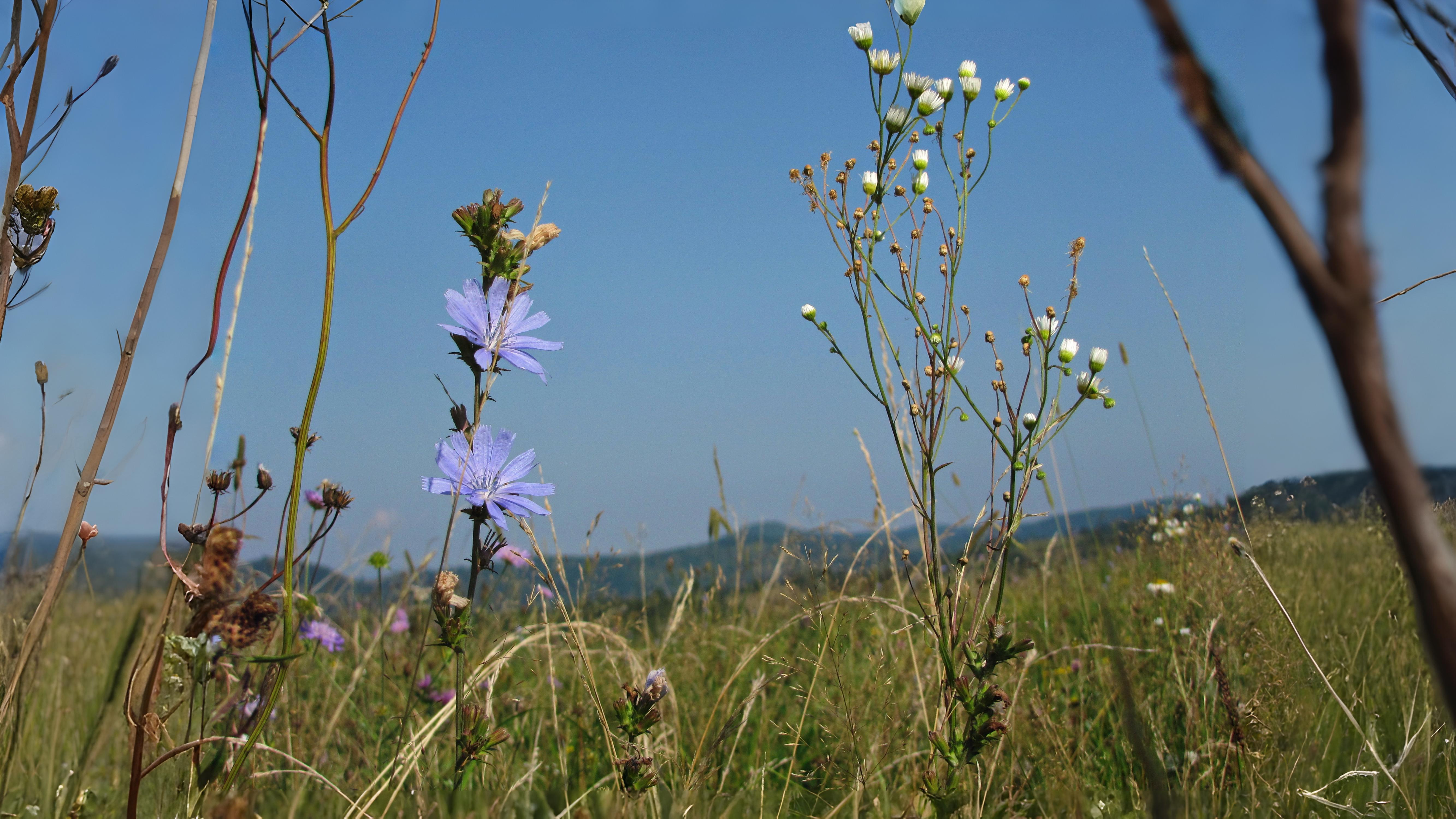

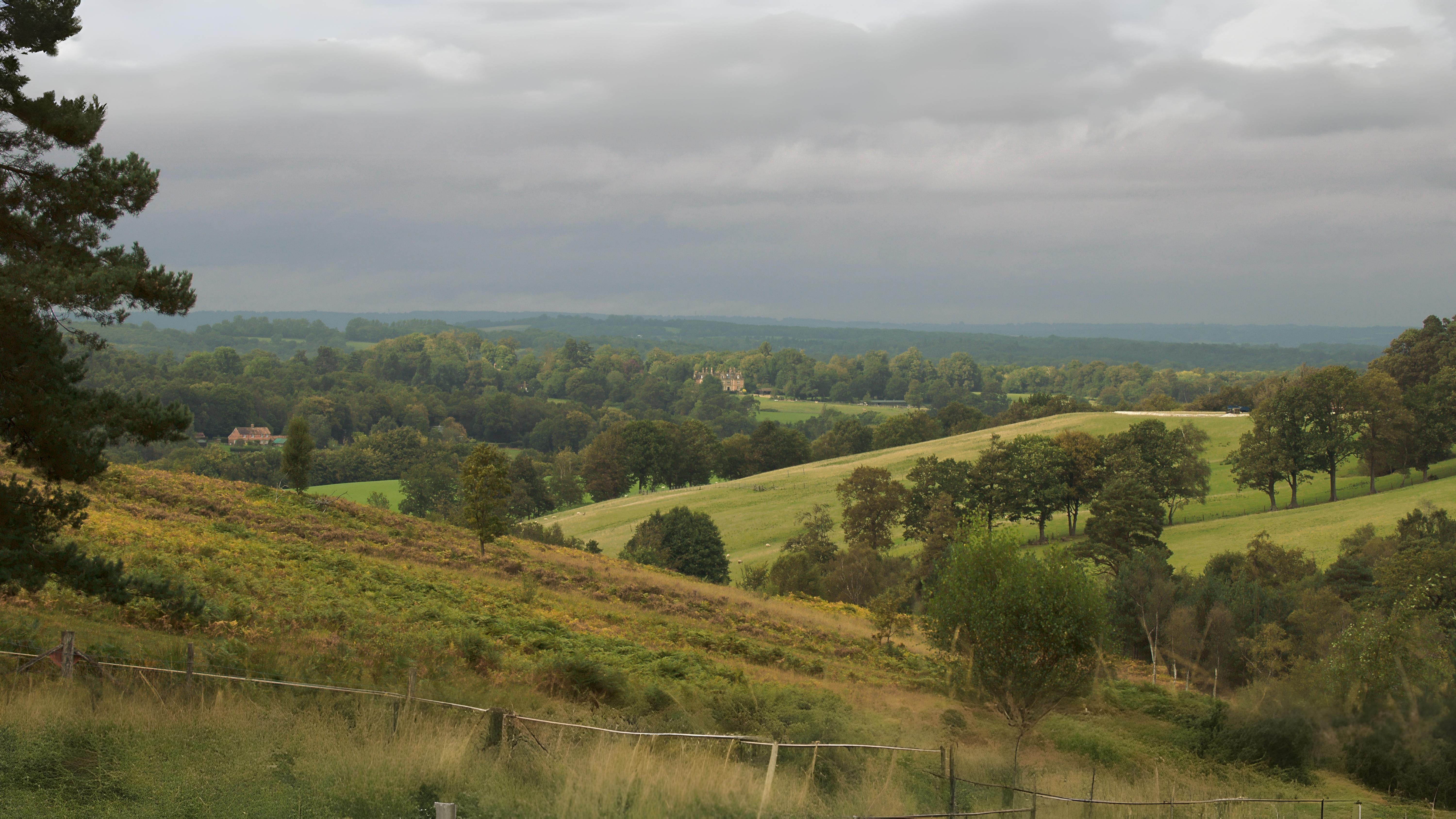

It is also worth noting the colours of some young birds, which are not just different from their parents but often brighter in colour and with a higher gloss. The red caps of woodpeckers, the blue on magpies and the green sheen of young rooks are all worth looking out for.
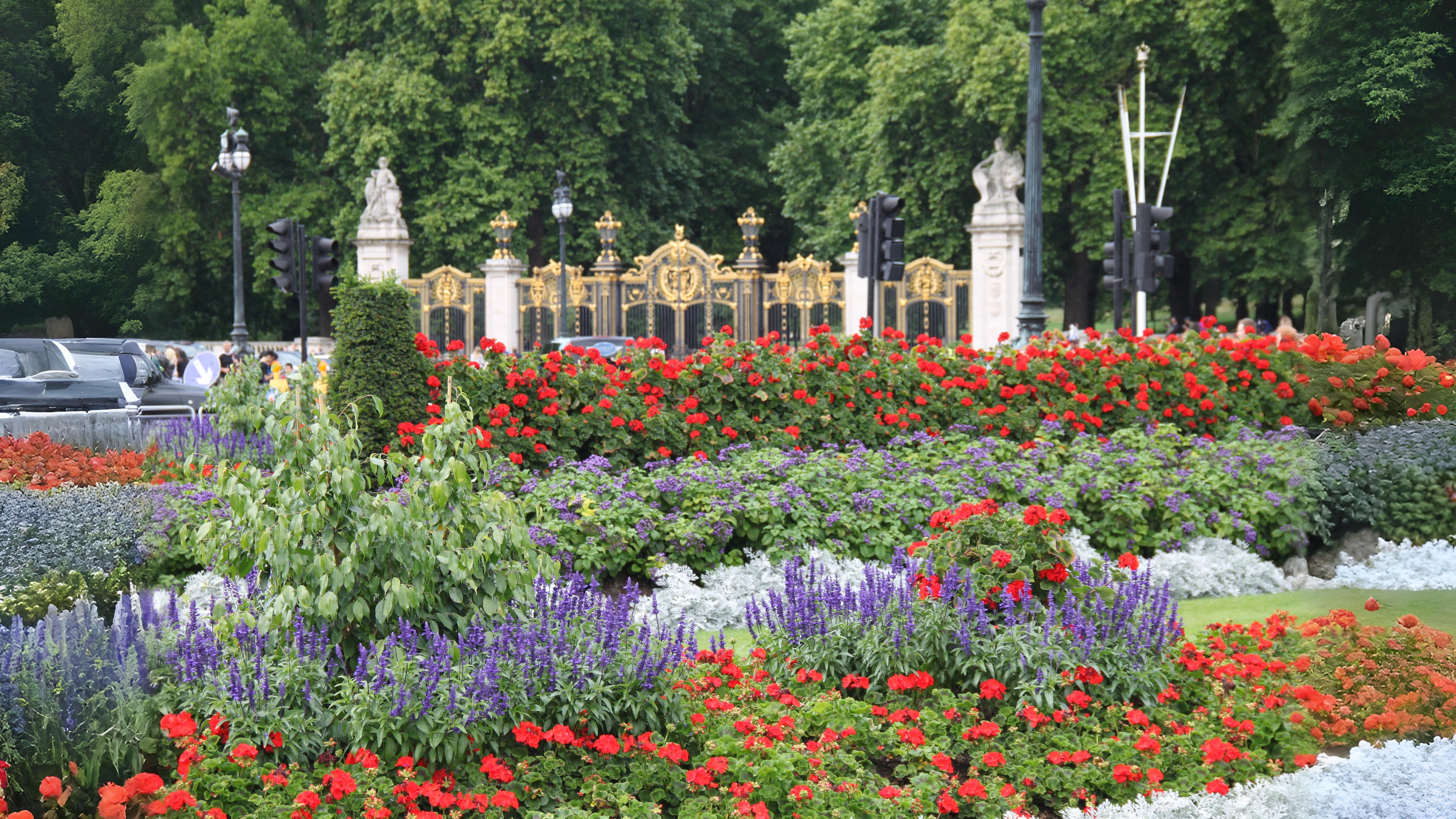

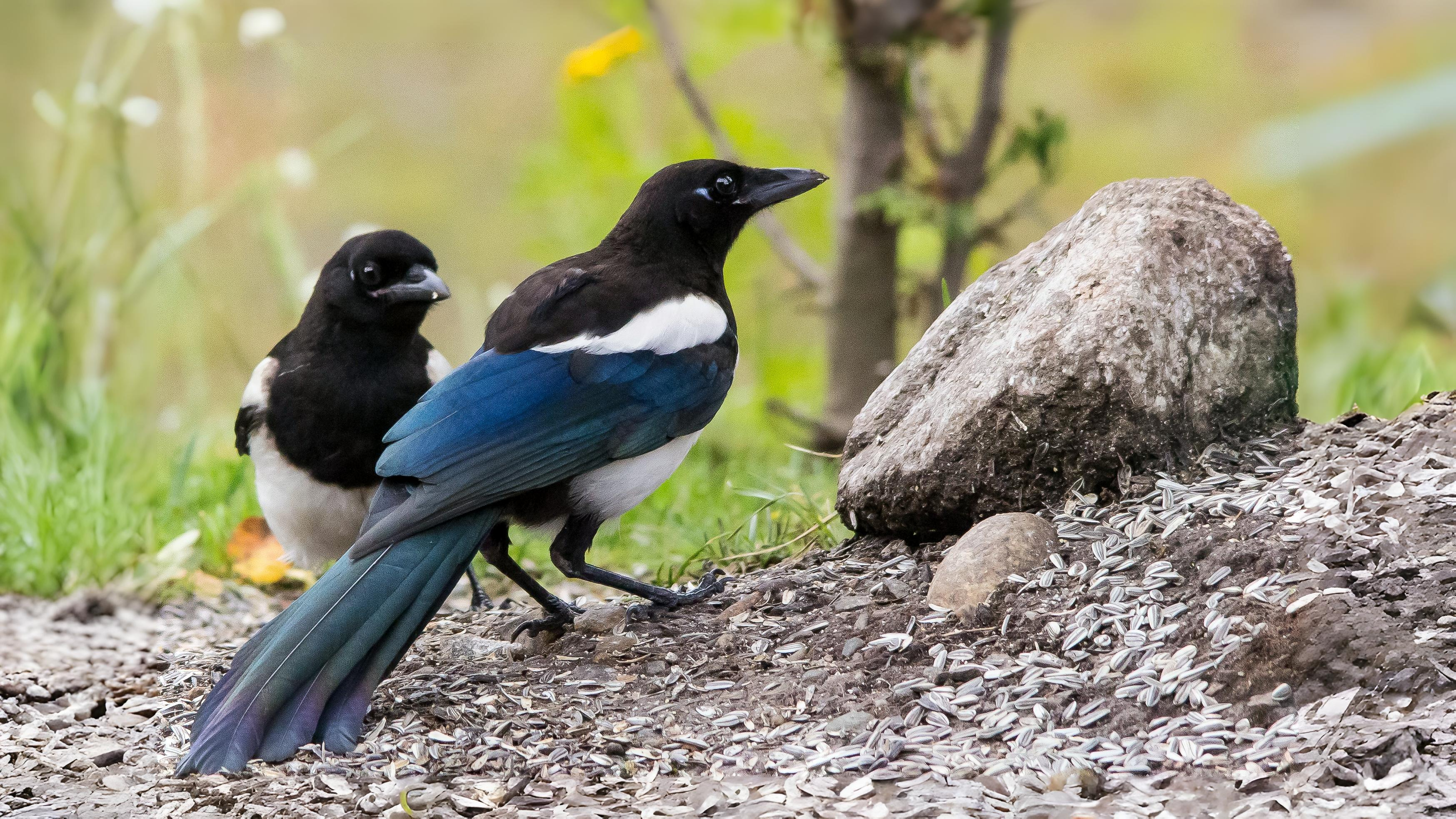

On the estuary, redshanks and lapwings may still be heard as skylarks and yellowhammers can be on farmland. Jackdaws are still ‘jacking’ loudly around old buildings and the coarse calls of parakeets are getting ever more common, particularly when they feed together on favourite trees such as cherries or mimosas. Towards the end of the month a wider range of birdsong starts to return with song thrush, woodpigeon and green woodpecker all starting to be heard more.
